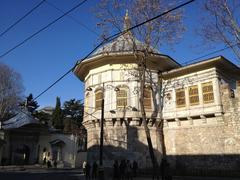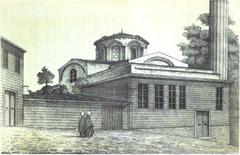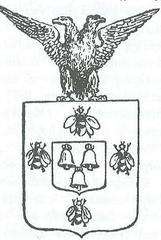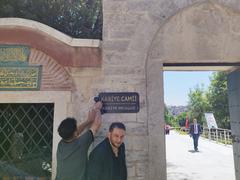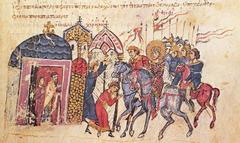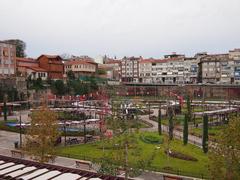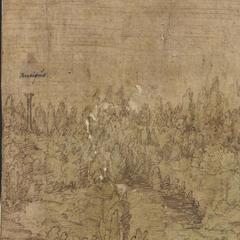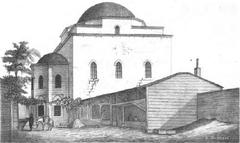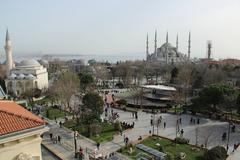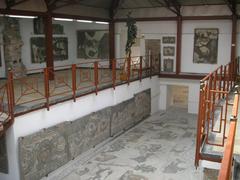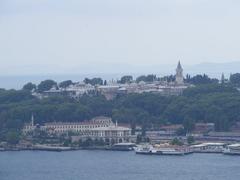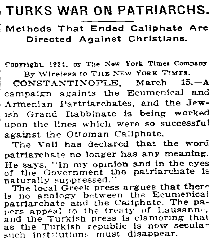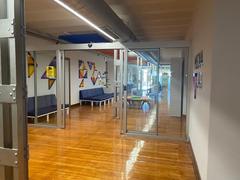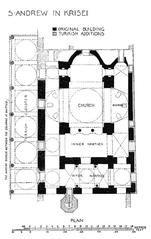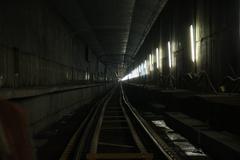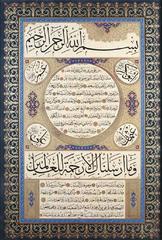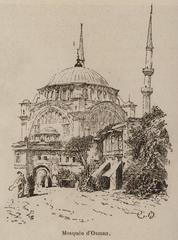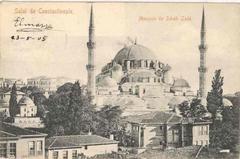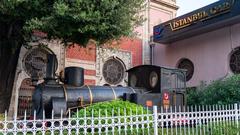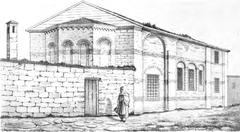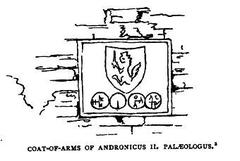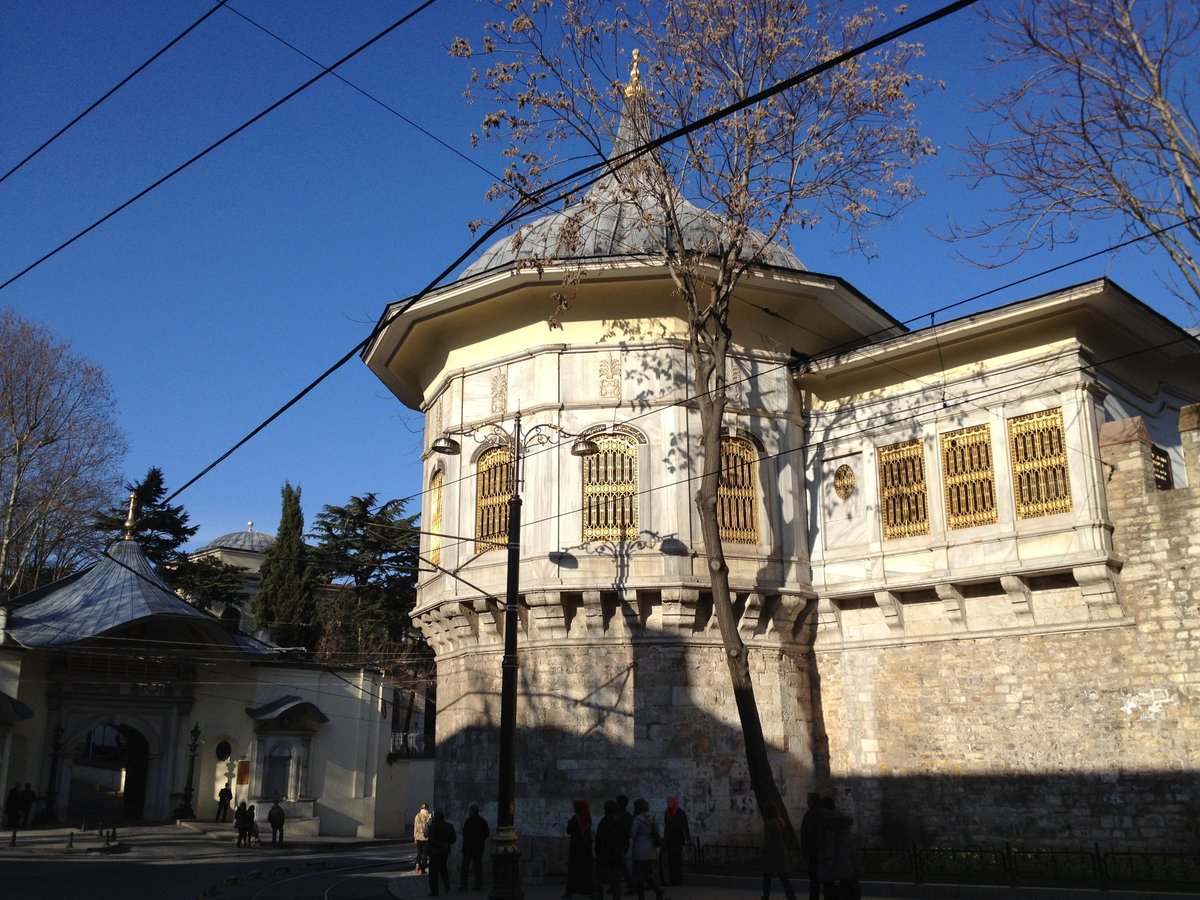
Ahmet Hamdi Tanpınar Literature Museum Library: Comprehensive Visiting Guide
Date: 14/06/2025
Introduction
Nestled within Istanbul’s historic Fatih district, the Ahmet Hamdi Tanpınar Literature Museum Library stands as a vibrant crossroads of Turkish literary heritage, cultural history, and architectural beauty. Housed in the 19th-century Alay Pavilion (Alay Köşkü) inside Gülhane Park, the museum is dedicated to Ahmet Hamdi Tanpınar—one of Turkey’s most celebrated authors—and serves as a hub for literary enthusiasts, researchers, and travelers alike. Since its opening in 2011 by the Ministry of Culture and Tourism, the museum-library has played a vital role in preserving and sharing Turkey’s literary traditions, offering engaging exhibitions, an extensive collection, and regular cultural events.
For up-to-date information, refer to the official museum website, the Live the World guide, and Lonely Planet.
Table of Contents
- Introduction
- Historical Significance & Origins
- Architectural Features of the Alay Pavilion
- Collections and Exhibitions
- Visitor Information: Hours, Tickets & Accessibility
- Cultural Significance & Events
- Educational Outreach and Partnerships
- Facilities & Amenities
- Getting There: Location and Transportation
- Nearby Attractions and Suggested Itinerary
- Practical Visitor Tips
- Frequently Asked Questions (FAQs)
- Conclusion & Recommendations
- Sources
Historical Significance & Origins
Honoring Ahmet Hamdi Tanpınar
The museum commemorates Ahmet Hamdi Tanpınar (1901–1962), whose novels, poetry, and essays—such as The Time Regulation Institute and A Mind at Peace—explore themes of Turkish identity, modernity, and Istanbul’s layered history. Tanpınar’s work is regarded as a cornerstone of modern Turkish literature, making the museum’s central location in Istanbul especially meaningful (Live the World).
Establishment and Evolution
Launched in November 2011, the museum not only honors Tanpınar but also celebrates the broader literary heritage of Istanbul. Its dual function as a museum and library supports both research and public engagement, housing more than 8,000 volumes and featuring works from over 1,000 authors. Special emphasis is placed on Istanbulite literary figures, including Yahya Kemal Beyatlı, Nâzım Hikmet, Orhan Pamuk, and Necip Fazıl Kısakürek (Gezibilen Travel Guide).
Architectural Features of the Alay Pavilion
History & Setting
The Alay Pavilion, built in 1810 during Sultan Mahmud II’s reign, was originally designed for imperial ceremonies and processions. Its location—overlooking the ceremonial Divan Yolu and adjacent to Topkapı Palace—reflects its historical significance as a site where sultans observed public festivities (Live the World).
Ampir (Empire) Style
The building is a prime example of Ottoman ampir (Empire) architecture, characterized by:
- Symmetry and Grandeur: Classical columns, pilasters, and decorative moldings.
- Spacious Upper Floor: Includes a throne room, ceremonial halls, and rooms with large windows overlooking Gülhane Park.
- Balconies: Designed for viewing parades and public events.
- Decorative Detailing: Gilded and ornate plasterwork and woodwork.
- Adaptive Reuse: Modern features such as the Writers’ Café on the ground floor blend contemporary function with historical preservation.
This successful adaptive reuse preserves the site’s historical integrity while serving modern cultural needs (Lonely Planet).
Collections and Exhibitions
Library & Archives
- Books: Over 8,000 volumes, with about 1,000 focusing on Istanbul’s literature and history.
- Periodicals: More than 100 literary and arts journals.
- Manuscripts & Artifacts: Select original manuscripts, handwritten letters, and memorabilia from renowned Turkish authors.
- Reading Rooms: Serene spaces with views of Gülhane Park, ideal for research and literary immersion.
Permanent and Temporary Exhibitions
- Author Galleries: Dedicated spaces for Tanpınar and other literary luminaries feature portraits, manuscripts, personal effects, and multimedia displays.
- Thematic Exhibitions: Rotating displays explore topics like women in Turkish literature, the evolution of the Turkish novel, and significant anniversaries, often in collaboration with universities and cultural organizations.
- Interactive Experiences: Digital kiosks, audio poetry readings, and multimedia installations enhance the visitor experience (Wikipedia).
Literary Memorabilia
Artifacts such as Ayşe Kulin’s writing instruments, reconstructed writer’s spaces, and personal correspondence bring Turkish literary history to life.
Visitor Information: Hours, Tickets & Accessibility
- Opening Hours: Tuesday to Sunday, 9:00 AM – 6:00 PM. Closed Mondays and public holidays. (Some platforms list 5:00 PM as closing—verify on the official website.)
- Admission: Entry is free. Special exhibitions or events may require advance booking or a nominal fee.
- Guided Tours: Available by prior arrangement; educational programs and workshops are offered for groups and schools.
- Accessibility: Wheelchair accessible (ramps, elevators). Contact the museum for specific needs.
Cultural Significance & Events
Community & Literary Life
The museum hosts a vibrant calendar of events:
- Readings & Book Launches
- Workshops & Seminars for students, writers, and general visitors
- Panel Discussions on both classic and contemporary Turkish literature
- Annual Literary Awards and temporary exhibitions
These programs engage both the local community and international visitors, fostering literary exchange and dialogue (Hürriyet Daily News).
Educational Outreach and Partnerships
- Academic Collaboration: The museum partners with institutions such as Mimar Sinan Fine Arts University and the Tanpınar Literature Research and Application Center to promote research, lectures, and workshops (Wikipedia).
- School Programs: Special tours, workshops, and events for students.
Facilities & Amenities
- Writers’ Café: Perfect for relaxing, reading, or participating in book events.
- Gift Shop: Sells books, exhibition catalogs, and literary-themed souvenirs.
- Free Wi-Fi & Digital Guides: Access digital resources and self-guided tours via QR codes.
- Restrooms: Available within the museum and Gülhane Park.
Getting There: Location and Transportation
Address: Cankurtaran, Alay Pavilion, Gülhane Parkı içi No:1, 34122 Fatih/İstanbul
- Tram: T1 line, Gülhane stop. Walk through the main park entrance to the Pavilion.
- Bus: Routes stopping at Sultanahmet, followed by a short walk.
- Car: Limited parking near Gülhane Park; early arrival recommended.
- On Foot: Easily accessible from Sultanahmet area and major historic sites.
Nearby Attractions and Suggested Itinerary
Combine your museum visit with these Istanbul highlights:
- Topkapı Palace: Adjacent to Gülhane Park.
- Hagia Sophia: A brief walk away.
- Sultanahmet Square and Basilica Cistern: Within easy walking distance.
- Istanbul Archaeological Museums: Nearby, for further historical exploration.
Practical Visitor Tips
- Language: Most exhibits are in Turkish, with English translations available. Staff can assist in basic English.
- Photography: Non-flash photography is permitted in most areas (verify local signage).
- Best Times to Visit: Weekday mornings for quiet exploration; spring and autumn for pleasant park strolls.
- Weather: Dress for outdoor park conditions; museum interiors are climate-controlled.
- Safety: The area is safe and well-patrolled.
Frequently Asked Questions (FAQs)
Q: What are the visiting hours?
A: Tuesday to Sunday, 9:00 AM to 6:00 PM. Closed Mondays and public holidays.
Q: Is admission free?
A: Yes, entry is free; some events or special exhibitions may charge a fee.
Q: Are guided tours available?
A: Yes, by advance arrangement.
Q: Is the museum wheelchair accessible?
A: Yes, with ramps and elevators.
Q: Can I take photographs inside?
A: Yes, in most areas, except where indicated.
Q: How do I get there by public transport?
A: Take the T1 tram to Gülhane station and enter the park.
Conclusion & Recommendations
The Ahmet Hamdi Tanpınar Literature Museum Library offers a profound experience for those seeking to engage with Istanbul’s literary and cultural legacy. Its historic setting, extensive collections, and dynamic programming make it an essential destination for visitors interested in Turkish literature, Ottoman architecture, and the city’s living history. Plan your visit to enjoy not only the museum but also the surrounding treasures of Istanbul’s Old City.
For up-to-date opening hours, event listings, and digital resources, consult the official museum website or platforms like Live the World, Gezibilen Travel Guide, and Evendo.
Enhance your cultural journey by downloading the Audiala app for personalized guides and event updates, and follow the museum’s social media for real-time news.
